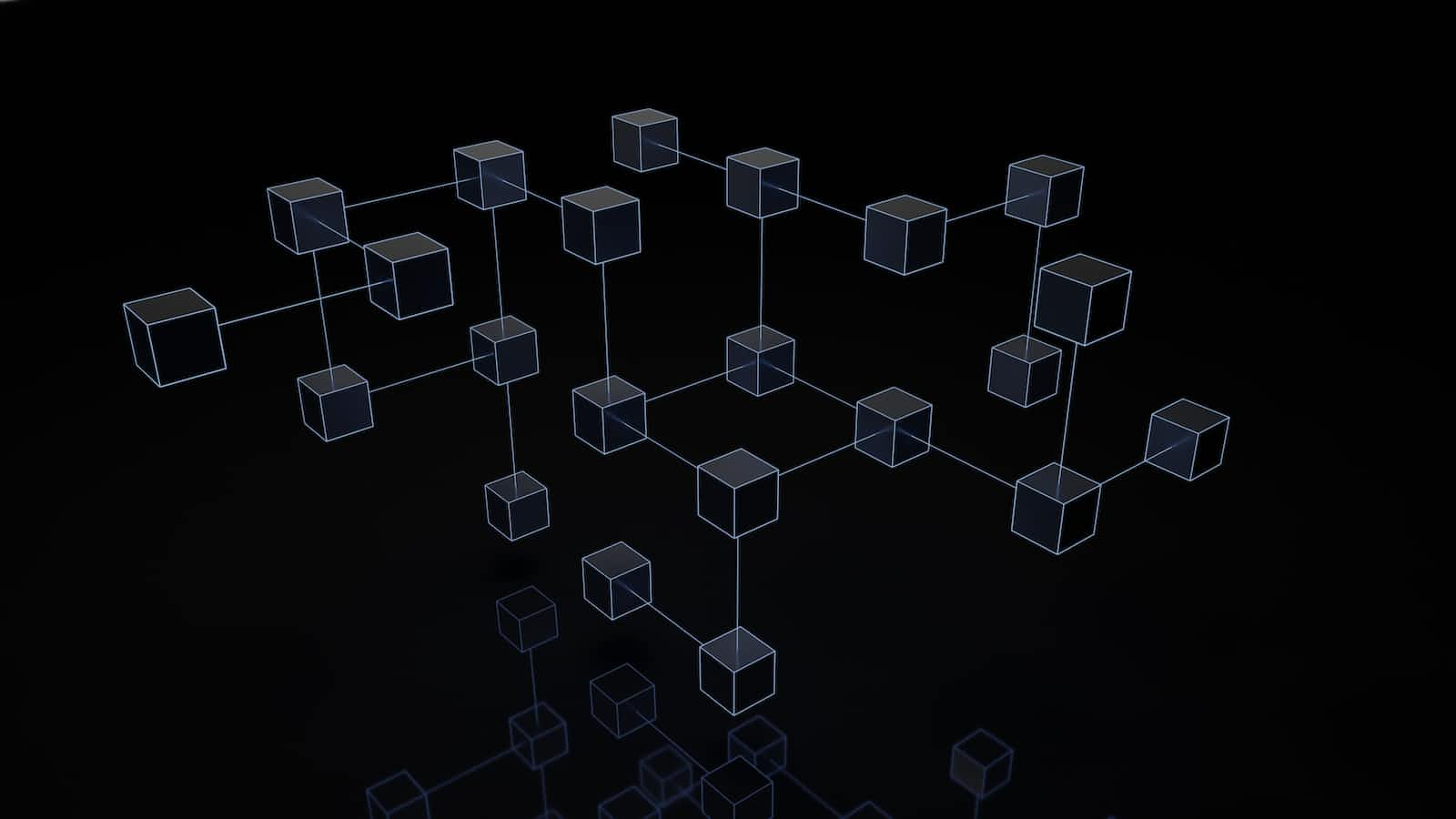Web 5.0: Empowering User Control and Data Privacy in Digital Identity
 Ofodum Tochukwu
Ofodum Tochukwu
Last week, I stumbled upon a thought-provoking article titled "Everyone wants your email address: Think twice before sharing it." It sheds light on how advertisers, web publishers, and app makers exploit various means, including requesting email addresses, to track users. By divulging our email addresses, we unwittingly generate tokens that platforms utilizing UID 2.0 can recognize, linking our web activities.
Despite the initial notion that users control their online identities and data, the reality is often different. Web 2.0's centralized control, dominated by third-party platforms like social media, raises concerns about data ownership and privacy. Instances, such as Facebook sharing user data without consent, highlight the inadequacies of the current system.
Web 3.0 addresses these shortcomings with concepts like self-sovereign identity (SSI) and decentralized identity (DID), enabling users to manage their identities on a blockchain. While it aims to grant users greater control over personal data, challenges persist with centralized platforms. True empowerment requires digital identifiers independent of institutions, ensuring individuals have autonomy over their data.
Enter Web 5.0, introducing decentralized identity and data storage through the use of Decentralized Identifiers (DIDs). DIDs are revolutionary digital identifiers that provide verifiable, decentralized digital identity. Your DID address, akin to a regular email address, becomes your digital signature, allowing interaction without the fear of cross-platform tracking.
![did scheme [did]: did method [example]: DID Method Specific Identifier](https://cdn.hashnode.com/res/hashnode/image/upload/v1701116487910/95f835dc-fdf3-420a-a4c5-3afbde481d00.png)
Augmenting DIDs are Decentralized Web Nodes, that serve as secure data storage. This innovative feature enables users to store credentials and important information securely, deciding who gets access. With your DID address, signing into multiple platforms guarantees your interactions remain confidential, and accessible only with your explicit permission.
Web 5.0 addresses real-world challenges, such as presenting verifiable credentials. In traditional scenarios, rectifying document format issues could take days. With Web 5.0, institutions can issue unique DIDs and verifiable credentials, streamlining processes like property ownership verification.
Web 5.0 propels secure and seamless online interactions, safeguarding user privacy. Verifiable credentials enhance trust, offering tamper-proof proofs of identity and qualifications. Most importantly, decentralized identity systems empower individuals, allowing them to actively participate in the data economy and make informed decisions about data sharing and usage.
In a Web 5.0 world, formal institutions like universities can have their unique DIDs with which they can issue their Verifiable Credentials. DIDs can then be signed and assigned to a holder, who can present them anywhere. The institutions to which the credentials are presented can then scan and verify the authenticity of the credentials. This application of Web 5.0 could save time, reduce stress, and increase efficiency in our daily lives.
Web 5.0 heralds a new era of user empowerment, promising control, security, and privacy in the digital landscape. Embracing this evolution ensures a future where individuals dictate the terms of their online presence and data interactions.
Subscribe to my newsletter
Read articles from Ofodum Tochukwu directly inside your inbox. Subscribe to the newsletter, and don't miss out.
Written by

Ofodum Tochukwu
Ofodum Tochukwu
I am a beginner in AI engineering. I just started my learning path @DataCamp. Hopefully, UX/UI is also a place of interest for me, so I would be doing a little of that too.